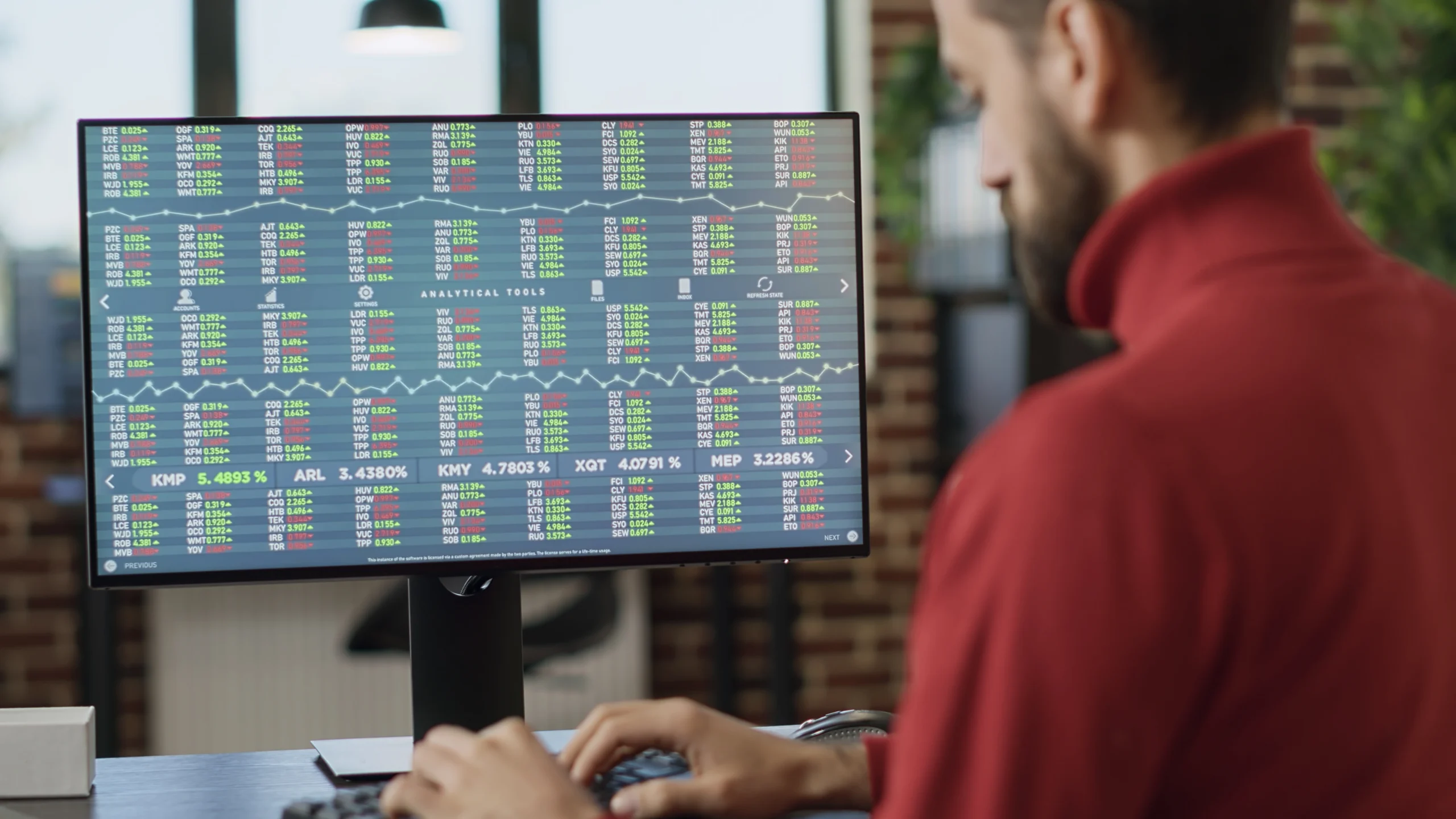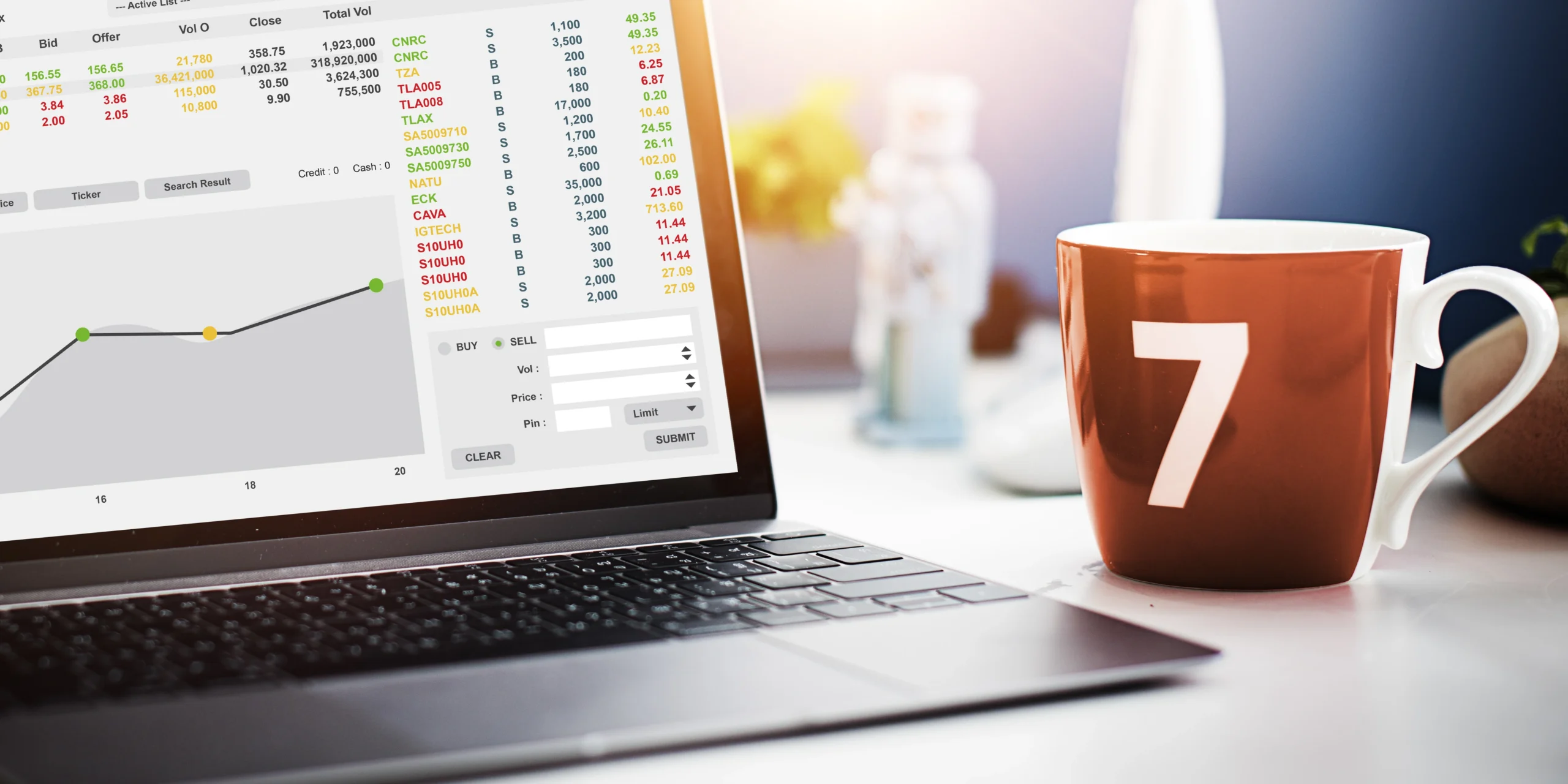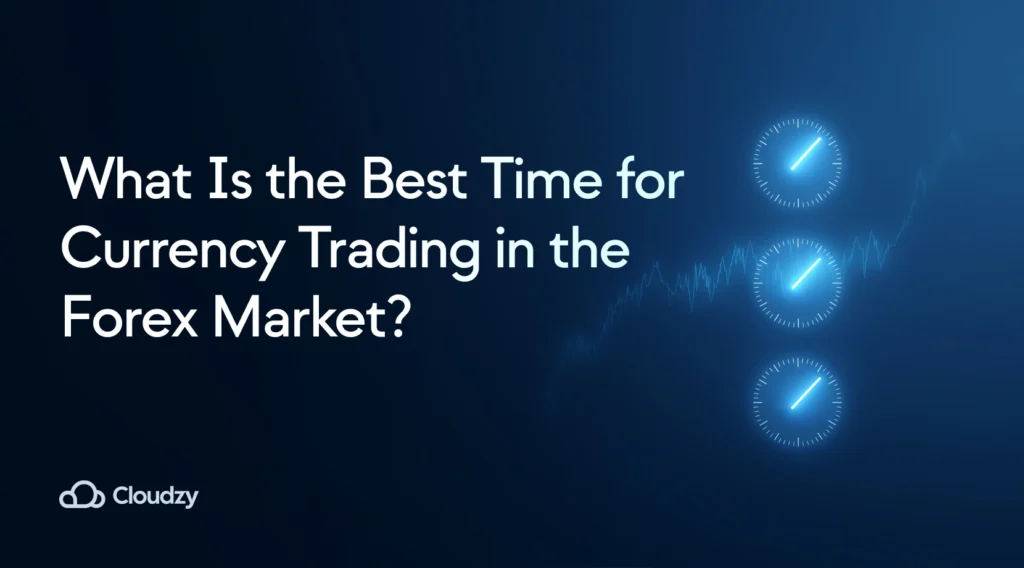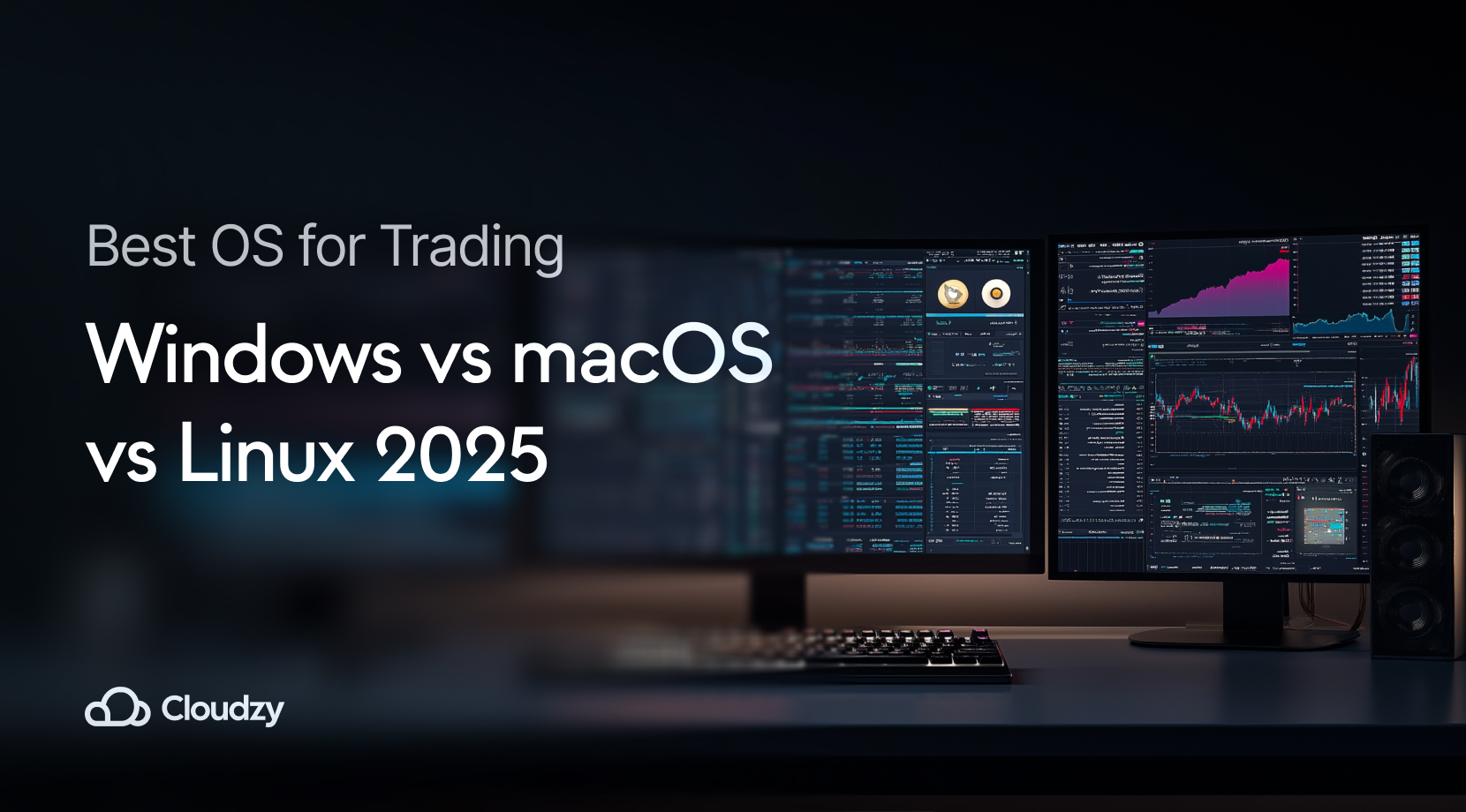Here’s the thing about forex timing: the best time for currency trading happens when London and New York traders are both at their desks, specifically 1:00-5:00 PM GMT. During this window, over half of the market’s $7.5 trillion daily volume gets thrown around, which means tighter spreads and actual price movement instead of the frustrating sideways action you get during dead hours.
Most new traders think they can just jump in anytime since forex runs 24/5, but that’s like trying to catch fish in a puddle. Understanding forex market hours isn’t just helpful, it’s the difference between watching your account grow and watching it bleed. The market might be open around the clock, but it’s only truly alive during specific windows.
- TL;DR Summary
- What Is the Forex Market?
- Why Timing Matters in Forex Trading
- What Are the Best Hours to Trade Forex by Session?
- Which Days of the Week Are Best for Forex Trading?
- When Should You Avoid Forex Trading?
- How Do You Choose the Right Trading Time for Your Strategy?
- How Do Economic Data Releases Affect Trading Times?
- Conclusion
- FAQ
TL;DR Summary
- Prime time: London-New York overlap (1:00-5:00 PM GMT) where the best time to trade forex actually happens
- Sweet spot days: Tuesday through Thursday when institutional money moves
- Dead zones: Asian hours for EUR/USD, Sunday gaps, and that summer slowdown nobody talks about
- Strategy dependent: Scalpers need the overlap chaos, swing traders can work with session opens
- News bombs: US data at 8:30 AM ET turns everything upside down in seconds
What Is the Forex Market?

Think of forex as the world’s biggest poker game, except the pot is $7.5 trillion daily and the players never sleep. It runs continuously across four major sessions: Sydney kicks things off, Tokyo takes the baton, London brings the real action, and New York wraps up the party. The US dollar shows up in 88% of all trades, which explains why American economic news can make or break your day.
Why Timing Matters in Forex Trading

Picture this: you walk into a casino at 3 AM versus prime time on a Saturday night. Same games, completely different energy. That’s forex in a nutshell. When major financial centers overlap, the volume explodes and spreads tighten because everyone’s fighting for the same trades.
78% of global forex action happens in just five places: London dominates with 38%, New York grabs 19%, Singapore takes 9%, Hong Kong gets 7%, and Tokyo rounds out with 4%. During the quiet hours, spreads widen like the Grand Canyon and price movements become about as predictable as a coin flip.
Smart money knows this. They schedule their big moves when liquidity is thick, not when they’re trading against some algorithm in a basement somewhere.
What Are the Best Hours to Trade Forex by Session?

Each session has its own personality, and trading sessions forex activity follows predictable patterns once you know what to look for. The most active trading times aren’t just random periods, they’re when real money managers and institutions are actually working, not sleeping.
London-New York Overlap (Where the Magic Happens)
Timing: 1:00-5:00 PM GMT (8:00 AM-12:00 PM EST)
This four-hour window is where careers are made and accounts are blown. The London and New York session overlap creates a perfect storm of institutional activity that pushes over half the day’s volume through the pipes. European traders are finishing their lunch, American traders are sipping their morning coffee, and everyone’s trying to position for the day.
Currency pairs that actually move:
- EUR/USD: The granddaddy of them all, tightest spreads you’ll see all day
- GBP/USD: Volatile enough to give you gray hair, but that’s where the money is
- USD/CHF: Steadier than the others, good for nervous traders
Here’s what most people don’t realize: this isn’t just about volume. It’s about conflicting opinions. European traders might see one story, Americans might see another, and that friction creates the price swings day traders live for.
European Session Opening
Timing: 8:00 AM London time
London traders don’t mess around. When they show up, they’ve already digested whatever happened overnight in Asia and they’re ready to either continue trends or reverse them completely. This hour often sets the tone for everything that follows, especially if there’s been news out of Germany or the UK.
Currency-Specific Windows
| Currency Pair | Peak Hours | What Drives It | Reality Check |
| EUR/USD | 1:00-4:00 PM GMT | Institutional flows | Best time to trade EUR/USD, period |
| GBP/USD | 6:00 AM-4:00 PM GMT | Brexit aftermath still matters | Best time to trade GBP/USD, but bring antacids |
| USD/JPY | 12:00-3:00 PM GMT | Bank of Japan interventions | Carry trade unwinds happen here |
| AUD/USD | 7:00 PM-4:30 AM GMT | China news, commodity prices | Resource economy proxy |
Tokyo-Sydney Overlap
Timing: 12:00 AM-7:00 AM UTC
This is the quiet kid in class who occasionally surprises everyone. Lower volume, sure, but that’s exactly why the Tokyo and Sydney session overlap works for certain strategies. Less noise, more predictable ranges, perfect for automated systems that hate surprises.
 Want to Improve your Trading?
Want to Improve your Trading?
Give yourself a better chance at the Forex market by hosting your trading platform right next to your broker.
Get a Forex VPSCouples to Remember: Best Currency Pairs to Trade at Night?
Apart from the obvious statement that you should look at your own strategy and location before making a move for nighttime trading, the decision is ultimately determined by a trader’s risk tolerance and strategy. Trading forex at night is a great way to make both short-term and long-term profits. To determine the best nighttime trading pairs, we will again assume that UTC is your go-to timezone.
If you are a beginner, it is best to trade major pairs at night. Because they do not involve an Asian currency, they are less active and volatile at night. As a result, for a beginner, trading in pairs such as GBP/USD or USD/CAD makes more sense. Even experienced traders can use these currency pairs for night trading by employing scalping strategies. Any strategy that works well with low volatility – scalping, automated trading programs, and so on – is appropriate for nighttime trading.
Night trading is favored by strategies that work better with less volatility, such as scalping or automated trading programs. If you want volatility, the best cross-pairs to choose are those that involve an Asian or Oceanic currency. In this case, currency pairs such as the AUD/NZD, AUD/JPY, or NZD/JPY are best suited for night trading.
Learning from the Elites: What Time Do Banks Trade Forex?
Where banks and common traders differ doesn’t have to do much with when they trade as opposed to how they trade. In general different trading sections of banks also follow the same principal rules as we have already highlighted. Many beginner traders who have recently realized the importance of timing in forex trading tend to think that the main reason behind the success of banks in forex trading is their timing.
However, this is false as most banks indeed follow the same timing patterns as everyone else. Another common misconception is that bankers sit throughout the market and overlap hours to make their trades. This is again false as bankers usually have access to better technical analysis tools as well as better fundamental sources of information.
They spend very little time behind screens or in exchanges placing orders and such. They instead simply buy or sell at the beginning of the overlap hours and don’t spend much more time on it. So in principle, they follow the same rules as the rest of us, that is unless they have some insider information that the rest of us don’t have. Then we can expect to sometimes trade outside of conventional timeframes.
Which Days of the Week Are Best for Forex Trading?

Anyone who’s been trading for more than five minutes knows Tuesday through Thursday are the best times to trade when institutional money really moves.
Tuesday-Thursday: The Heavy Hitters Institutional traders aren’t weekend warriors. They come back Monday with their coffee and emails, then Tuesday hits and suddenly everyone remembers they have actual money to move. Volume typically jumps 150% from Monday to Tuesday, and that momentum carries through Thursday.
Monday: The Warm-Up Markets are like old cars on cold mornings. They need time to get going. European traders are still catching up on weekend news, Americans are still stuck in traffic, and institutional flows are lighter than usual.
Friday: The Fade By Friday afternoon London time, European traders are already thinking about weekend plans. American traders know this, so they either close positions early or hold through the weekend, creating that choppy, unpredictable price action nobody likes.
When Should You Avoid Forex Trading?
Some periods are just not worth your time, and fighting the market during these windows is like swimming upstream with ankle weights. These forex trading hours offer poor execution and wider spreads that eat into profits.
- Asian hours for major pairs: Unless you’re trading AUD/JPY or something similar, you’re basically trading against algorithms and the night-time forex trading conditions are brutal
- Sunday evening gaps: Markets reopen with gaps that can stop you out before you even know what happened
- Summer doldrums: June through August, especially August, when half of London is on holiday and volume dries up
- Major holidays: Christmas week, New Year’s week, when even the algorithms seem sleepy
How Do You Choose the Right Trading Time for Your Strategy?
Your strategy should dictate your schedule, not the other way around. Different approaches need different market conditions, and trying to force a square peg into a round hole usually ends badly. Knowing the best time to trade helps you align your approach with market reality.
Scalping During the Overlap
Scalping needs two things: tight spreads and consistent volume. The overlap delivers both, but you’ll need serious infrastructure. Consider a high-performance Forex VPS because every millisecond counts when you’re fighting for a few pips.
Day Trading the Waves
Focus your energy on that four-hour overlap window. Enter during the European open when direction starts becoming clear, then manage your exits when the real volume kicks in for the best time for currency trading results.
Automated Strategies
Robots actually prefer the quieter Asian sessions. Top trading bot strategies work better when there’s less human emotion and more predictable algorithmic behavior. Many traders also explore automated futures trading strategies since the principles of timing consistency apply across both forex and futures markets.
Platform Setup
Your platform needs to handle session transitions without hiccups. A solid MetaTrader 4 installation guide ensures you’re not fighting technical problems when the market’s moving.
How Do Economic Data Releases Affect Trading Times?
Economic releases are like controlled explosions. You know when they’re coming, but the aftermath can still catch you off guard.
US Data Dumps:
- 8:30 AM ET: Employment, inflation, GDP data can move EUR/USD 100+ pips in under five minutes
- 2:00 PM ET: Fed decisions that sometimes feel like they’re written by committee
Understanding the answer to “what time do futures markets open?” becomes relevant here since futures traders often react to the same economic releases, creating additional volatility spillover into forex markets.
European Announcements:
- London morning: ECB decisions and German data that actually matter
- Pre-market: UK employment numbers that can gap GBP pairs
The smart money positions before these releases. The lucky money gets caught in the move. The unlucky money gets whipsawed in both directions.
Conclusion
The best time for currency trading comes down to one simple truth: trade when the big money is trading. That means the overlap period from 1:00-5:00 PM GMT, mid-week days, and around major economic releases. Finding the best time to trade currency pairs versus trading during dead hours can improve your results significantly just through better execution and tighter spreads.
Most successful traders eventually learn to ignore the 24/5 marketing and focus their energy when it actually matters. Understanding the best time for currency trading isn’t just about market hours, it’s about market psychology. The market might never sleep, but that doesn’t mean you shouldn’t.







One thought on “When Is the Best Time for Currency Trading: Full Guide”
Really appreciated the breakdown of the London-New York overlap—it’s easy to forget that high volume doesn’t just mean more trades, but often better trade quality. I’ve found that even minor timing shifts can make or break scalping strategies.